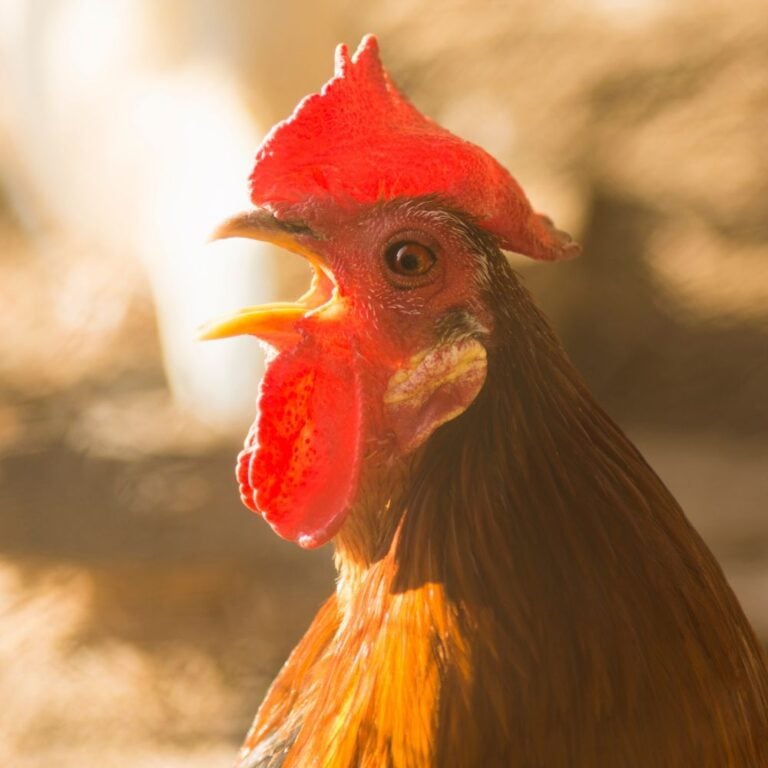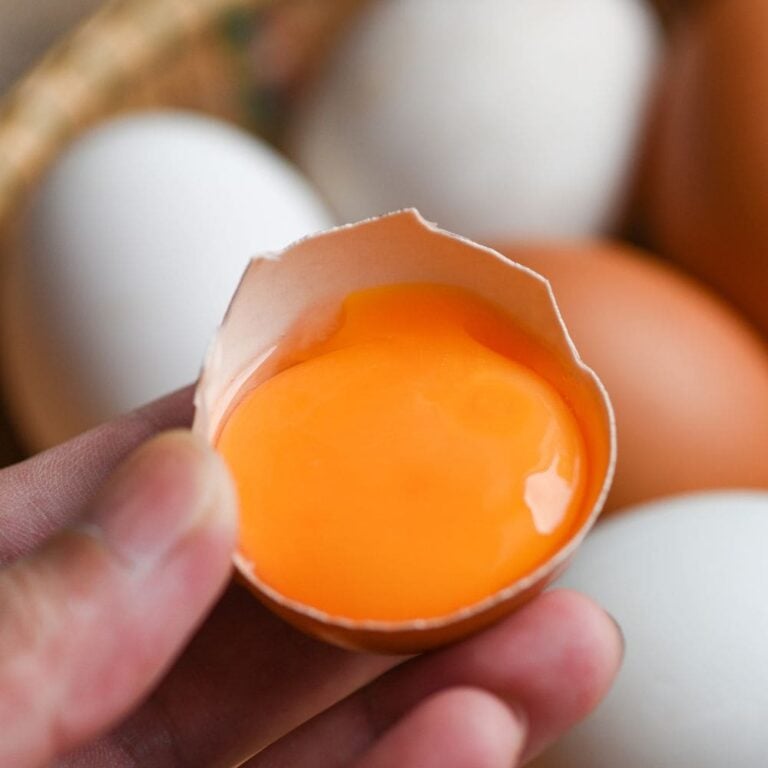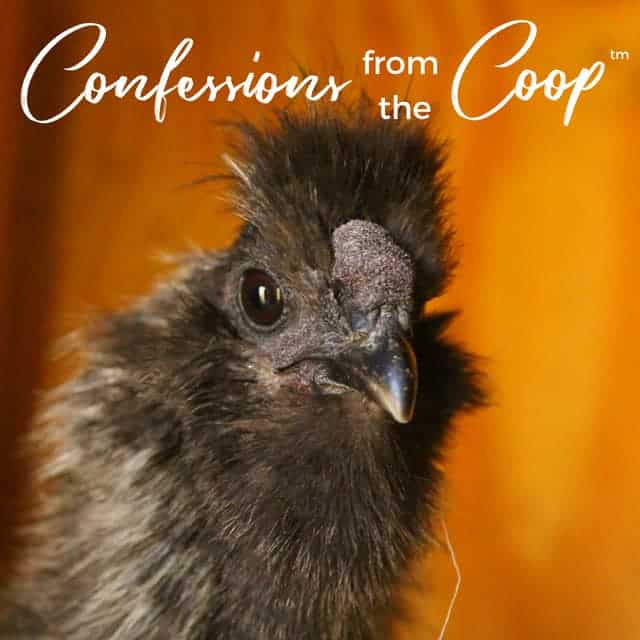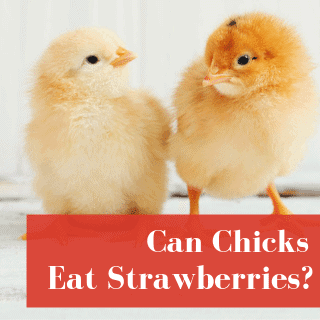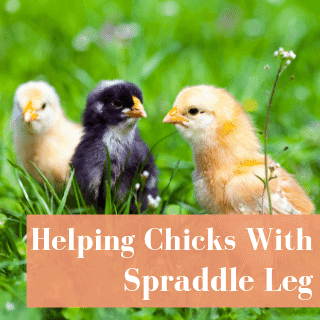With the Olive Egger chicken the color of eggs might not be too surprising (the name is a pretty obvious hint), but do you know the genetics behind the birds? This article will explain the breeding combinations, plus some fun facts.
Olive Egger chickens are funky, spunky, classy, and sassy. They are also unpredictably predictable (read on to find out what I mean). If you are a chicken lover and you haven’t experienced an Olive Egger chicken, you need to get your chicken math calculator out and get to work!
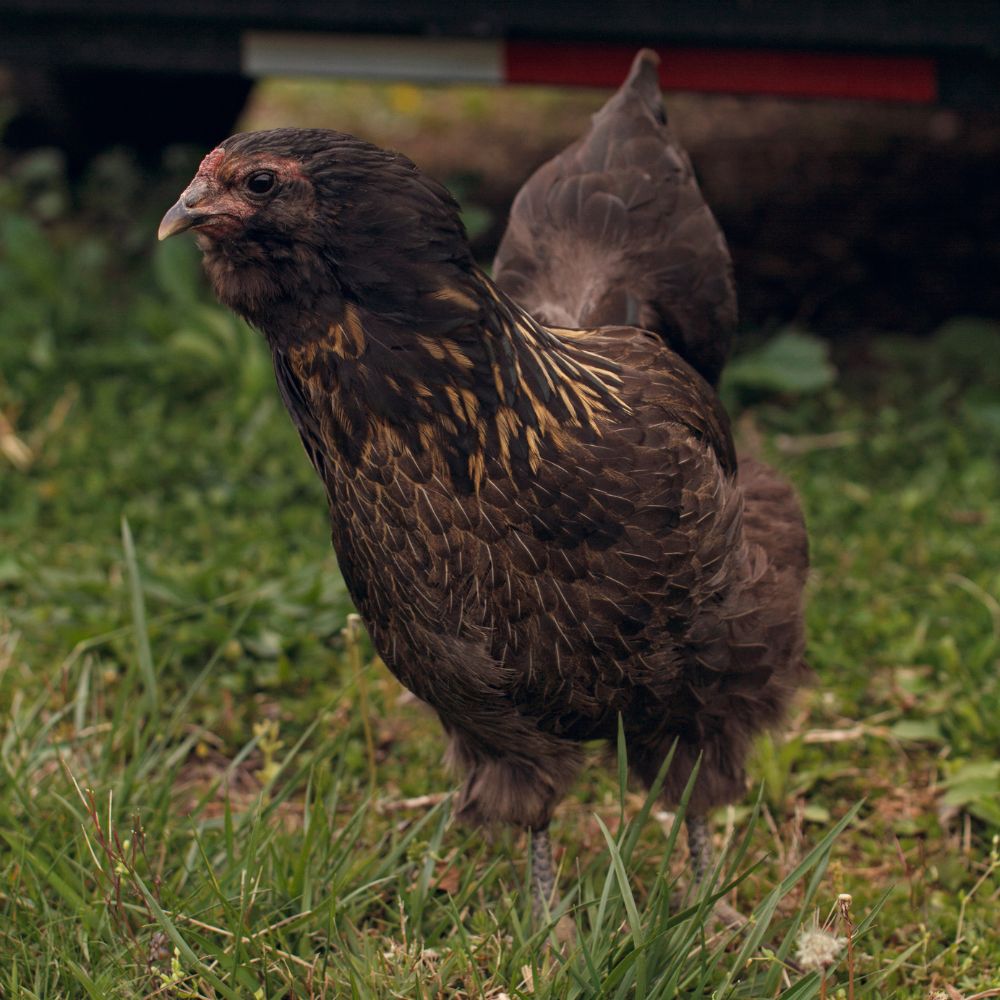
What’s A Olive Egger Anyway?
An Olive Egger chicken is not really a breed, and it’s not recognized by the American Poultry Association. It’s a mix, or hybrid, of certain breeds that result in (you guessed it)… olive-colored eggs.
Olive Egger Chicken Breeding Combinations
There are several different combinations that can result in an Olive Egger chicken. The key factor is that one parent chicken must be a dark brown egg layer and the other parent chicken must be a blue egg layer. Here are some examples:
- Ameraucana & Marans
- Ameraucana & Welsummer
- Legbar & Maran
- Araucana & Barnevelder
You can find article links to these breeds at the end of this article if you want to learn more about them.
Olive Egger Chicken Appearance
What does an Olive Egger chicken look like? Since they can be created by breeding many different kinds of breeds (one dark brown egg layer and one blue egg layer), there is only one common trait that is guaranteed – and that is the color of their eggs. Olive is the color but in reality, it can vary with many shades of green.
Beyond the color of eggs, these birds can have some pretty unique looks. Some with muffs, some without. Some with pea combs, some with rose combs. Perhaps one will have feathered legs or one will have feathered feet, and others will not. Maybe some will have beards or crests, and some will be beardless and crestless. It’s like a surprise grab bag and boy is it fun and it can be funky at times.
Most have darker shades of plumage, but some will surprise with lighter colors. Often times they can be confused with Easter Egger chickens depending on the breeds that were used. In fact, I had (what I thought was) an Easter Egger that eventually showed her true colors (she laid olive colored eggs).
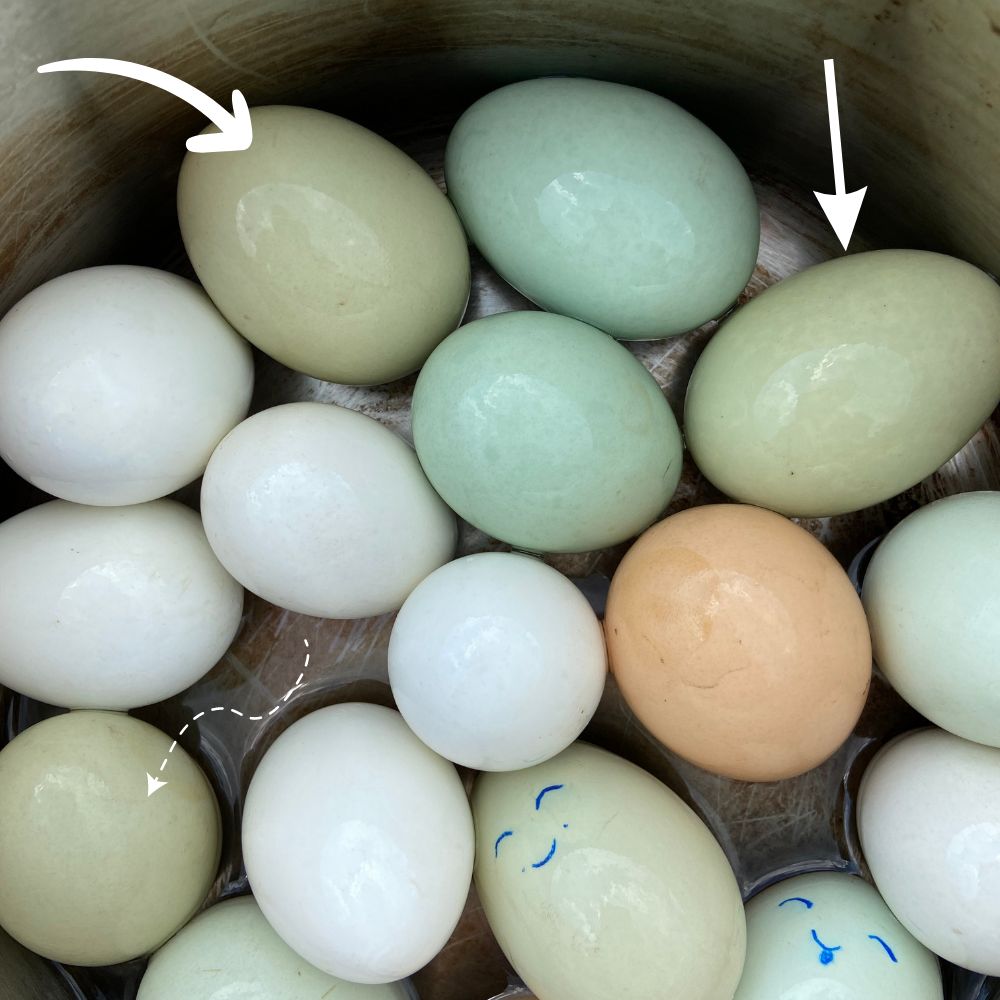
Olive Egger Egg Production
They do lay eggs and they are pretty good layers. However, as with all facts about Olive Eggers – this varies greatly because of the makeup of their genetics. Since they are a hybrid and can be from several varieties of breeds, the outcome is not exactly predictable.
It’s safe to say that an Olive Egger chicken will lay approximately 180 to 200 small to medium (and sometimes large) sized, lovely olive green eggs per year. But not just olive green eggs (although that’s the goal), but also light green eggs, dark green eggs, brownish green eggs, and in-between-all-that-eggs. 😊Oh, and sometimes blueish-green eggs.
It’s important to raise your flock with good nutrition from the start. Be sure your chick starter is a quality feed that has the right amount of protein. And when they graduate (transition) to layer feed, it’s also very important that the feed you use is full of good ingredients and not full of fillers.
In case you didn’t catch it, I’ll say it again (because it’s THAT important) – feed your flock quality ingredients! You can’t feed them junk and expect good health and strong egg production. And if they aren’t free-ranging, they need additional support like herbal oyster shells and grit.
Now, go fill your egg cartons with colorful and strong eggs!
Olive Egger Temperament
In case you haven’t noticed the theme yet, there is no predictable outcome when it comes to Olive Eggers (except for maybe the color of their eggs). While it’s true there’s a certain set of characteristics that you will surely see, some things like personality can be a bit unpredictable.
The temperament of Olive Eggers greatly depends on which breeds were used to create the ones you have (or the ones you run out and buy after reading this article). Generally speaking, the breeds used are quite friendly. Some are a little more skittish or sassy, but none of them (again, generally speaking) are angry birds (or mean birds).
Most folks who own Olive Eggers report them as being fairly docile and amicable birds. A certain percentage will say they can be a little shy, but there’s no way to tell how they were raised (which plays a big role).
As with most all chicken breeds, the more you handle them, love them, and treat train them – the friendlier they will be. If you want to go overboard, you can slap a chicken diaper on your Olive Egger, invite them inside your house, and end up with a dog-like chicken pet. 😉😆 We may laugh, but some people do this!
Olive Egger Size
Again, this varies greatly depending on the combination of breeds used to develop the strain of Olive Egger you have.
Hens will usually fall in the 5 to 7-pound range and roosters in the 6 to 8 lb range (as with all poultry males, they are usually a bit bigger than the females). It will depend on the parents (I always crack a smile when I refer to chickens as parents). ❤️🐔
Are Olive Eggers Broody?
Yes. Usually, they are broody because most of the breeds used to develop them are also broody. If you want a hen that will faithfully sit on eggs and hatch out a bunch of cute little chicks, then an Olive Egger fits the profile (most of the time, not always).
Not sure if you want a broody hen or not? There are things to consider. For one thing, broody females become angry birds sometimes (while they are sitting on eggs). They want to protect their little sweeties, so it makes sense. But there are a lot more things to consider when you let any hen go broody. Here is an article to help you: Broody Hen – To Help or Hinder, You Decide
Whether you let your hen hatch chicks or you buy chicks, there’s one thing that is completely predictable in every way – an Olive Egger chick is adorable and loveable, and irresistible.
How Are Olive Eggers Predictable Yet Unpredictable?
Well, if you read this whole article up to this point you will see that everything from color to size to personality depends. It depends on the parent breeds used as the winning combination to make your Olive Egger. It further depends on the traits and characteristics of the parent birds.
So it’s safe to say that it’s very predictable that the outcome is unpredictable. Yet, there is a certain range of characteristics you can count on, the most important one being the egg color.
How to Care For Olive Eggers
- Provide plenty of fresh, clean water every day. Dirty water can make chickens sick. Don’t risk it, refresh it every day and keep the waterers clean.
- Feed quality high protein feed (check the ingredients out in this feed).
- Supplement your chickens with vital vitamins and minerals
- Keep your chickens safe from predators in their coop (here’s how)
- Give calcium for strong eggshells
Summary
If you like the thought of a surprise chicken grab bag with a really good shot of having olive-colored eggs, then you are going to like Olive Eggers. It will spunk up your egg basket and provide joy in the process. Enough said.
Additional Article About Related Breeds
- Black Copper Marans – Do They Really Lay Chocolate Eggs?
- Ameraucana Chickens: Know Before You Buy!
- Araucana Chickens – Extremely Rare Breed Worth Checking Out
- Welsummer Chickens – Iconic Chickens With a Royal Twist
- Barnevelder Chickens – Fancy Feathered Friends That Won’t Wear Out Their Welcome
- Cream Legbars – A Dream Come True
- What Color Eggs Will My Chickens Lay?

A happy wife, mother, teacher, writer, hobby farmer, lover of chickens, and contributor to Pampered Chicken Mama!

![What Kind Of Chickens Lay Blue Eggs (Or Green…Or Olive…)? [Podcast]](https://thefrugalchicken.com/wp-content/uploads/2016/02/what-kind-of-chickens-lay-blue-eggs-feature-min.jpg)
